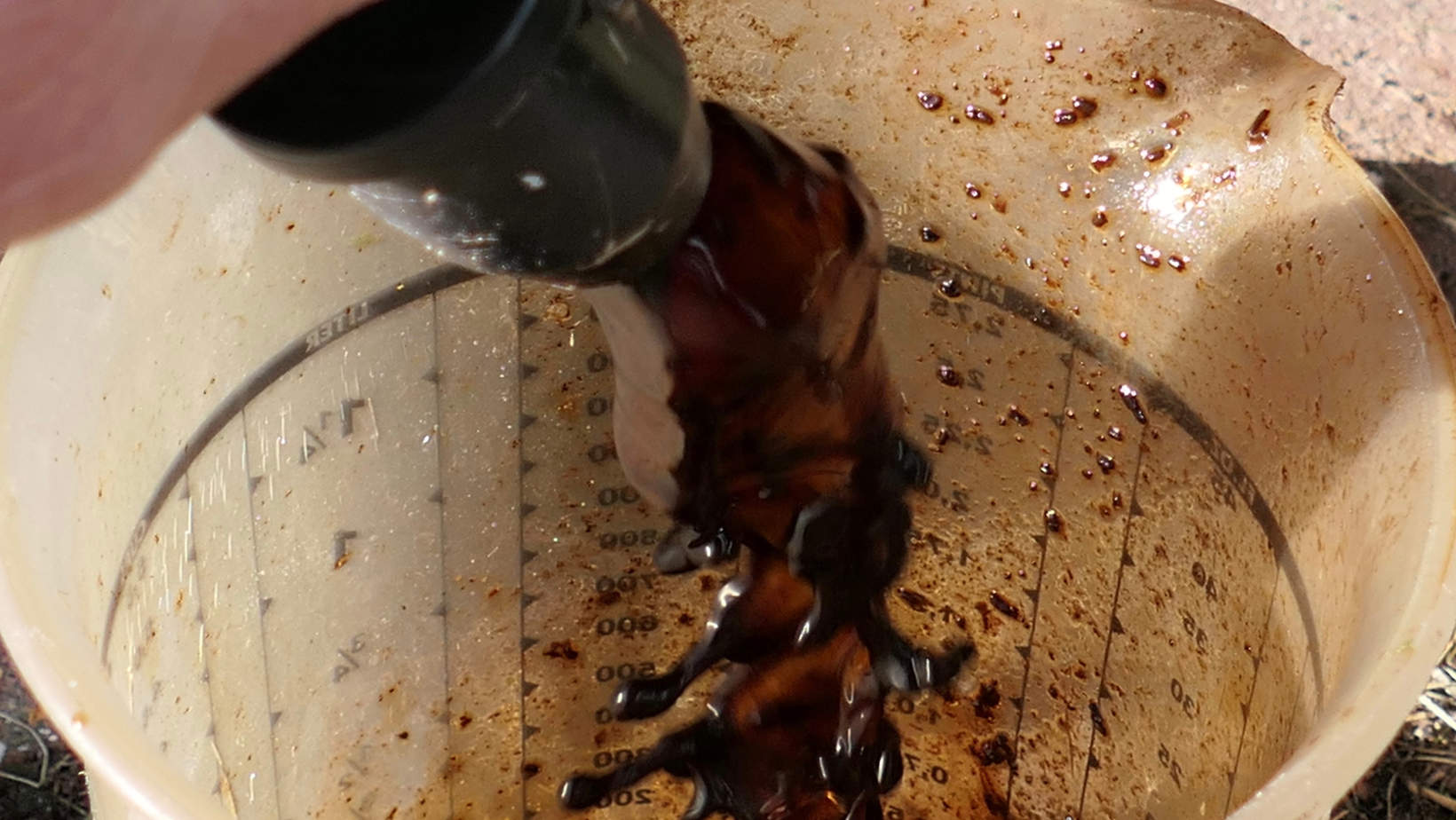My Worm Farm Is Not Producing Worm Tea
My Worm Farm Is Not Producing Worm Tea
A lack of worm tea/liquid can sometimes indicate a problem. It is important to take a closer look and figure out what is going on.
Before we start, I want you to think of the ground beneath our feet. The earth in which earthworms are naturally found. It’s dark and it’s moist.
Moisture levels are very important when it comes to maintaining a healthy worm farm. If left untreated, a dry worm farm can eventually send your worm friends to wormie heaven. Earthworms breathe through their skin and when their skin dries out, they die.
In saying that, it is important to remember, worm tea takes a little while to start flowing and the amount of worm tea produced by a worm farm does vary from farm to farm.
A lack of worm tea is not necessarily always a bad thing. Sometimes, a lack of worm tea can simply mean that your worms are working in a well-balanced environment that is not too wet or too dry. This means that no “excess” moisture is seeping down into your bottom layer, but the worms are still happy.
It is important to note, that not only is a dry worm farm detrimental to your worm’s skin, but a dry worm farm may also attract infestations of other bugs such as ants and springtails. If you are seeing ants or teeny tiny white bugs in your worm farm and you are not producing much worm tea, this is a sure sign that your worm farm is too dry.
In my experience, heat and a lack of moisture, are the top 2 worm killers!
It’s All About Balance
Maintaining a healthy worm farm almost always comes down to balance. The balance between wet items and dry, moisture-absorbing items.
Examples of “wet” items (Nitrogen rich)
- Fruit and veggie scraps
- Grass clippings
- Spent flowers
- Leafy plant trimmings
- Foliage of weeds
- Coffee Grounds
- Tea leaves
Examples of “dry” items (Carbon rich)
- Paper
- Cardboard
- Wood shavings/sawdust
- Dried leaves
- Cotton fabric (it’s hilarious to pop a pair of jocks in the worm farm and let the children see them eventually disappear)
- Newspaper
How to check moisture levels in a worm farm
Find the bravest member of your team or family, who doesn’t mind playing with some good old worm poo. That might be you!!
Next, pick up some worm castings or soil and squeeze it together. Does it clump together? When squeezed, does a little bit of moisture ooze out? If not, this means your worm farm is too dry.
Quick Fixes
- Check for a blockage or draining issue. The first step I recommend, when working with my clients, is to check your worm farm for any blockages. 1 layer at a time. Scoop the worm castings to the side until you see the bottom of that specific layer. Is the liquid draining through well or are there pools of liquid anywhere? Is the worm tea able to pass through all the layers relatively freely? Remove any clumps of food, avocado pips, blobs of paper etc. that may be causing the blockage.
- Once you have checked for blockages, give your worm farm a good water (about 2 litres). Make sure to keep the tap open so that you can see if the worm tea is slowly flowing through. If your worm farm contains a liquid tray, or a “toilet” as the kids like to call it, excess liquid will drain through. There is no need to worry about the water getting logged or drowning your worms. If after you’ve added a big splash of water to your worm farm, and you’re still not seeing worm tea, you may need to add a little more. It is likely that the moisture-absorbing items in your worm farm absorbed all the water that you just added in.
- Buy a worm blanket. A worm blanket is usually a piece of hessian fabric that is placed over the food scraps in your top working tray. As mentioned previously, worms love dark, moist environments. A worm blanket helps to lock in that precious moisture. I like to tell my clients that their worm blanket should always feel like a wrung out tea towel. It’s a great way to check moisture levels quickly and easily.
- Add some “wet” items to your worm farm. Fruit and veg waste is almost 90% liquid. Your worm farm may need a good old veg boost! As your worms break this food down , by eating it and pooping it out, the liquid will eventually percolate through the worm poo and end up in bottom layer.
- Find Shade. Worms enjoy living at temperatures of about 15 to 25 degrees Celsius. If the worm farm heats up to 30 degrees or over, they will try to escape and end up in the toilet (bottom layer) or even start to die.

